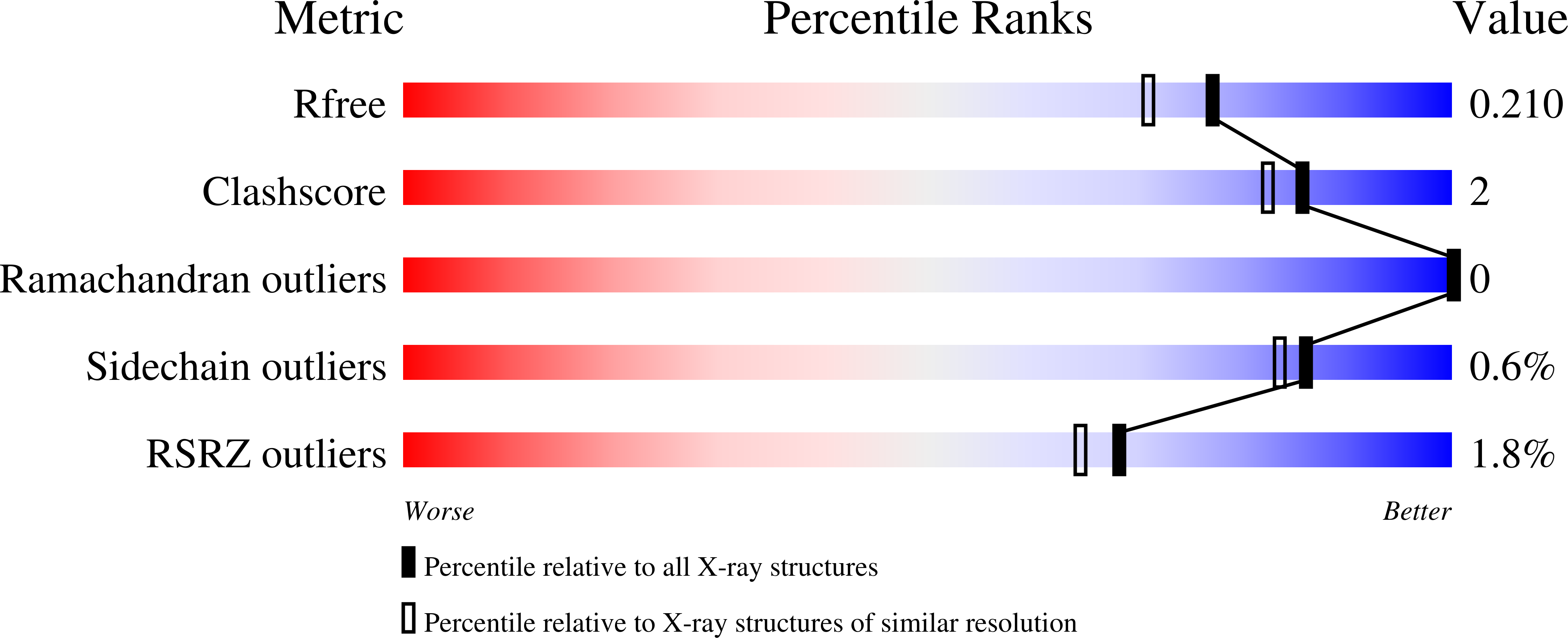
Deposition Date
2023-03-14
Release Date
2023-12-06
Last Version Date
2023-12-13
Entry Detail
PDB ID:
8GJ4
Keywords:
Title:
A1 Tei: Adenylation domain 1 core construct from teicoplanin biosynthesis
Biological Source:
Source Organism:
Actinoplanes teichomyceticus (Taxon ID: 1867)
Host Organism:
Method Details:
Experimental Method:
Resolution:
1.81 Å
R-Value Free:
0.20
R-Value Work:
0.18
R-Value Observed:
0.18
Space Group:
P 2 21 21


